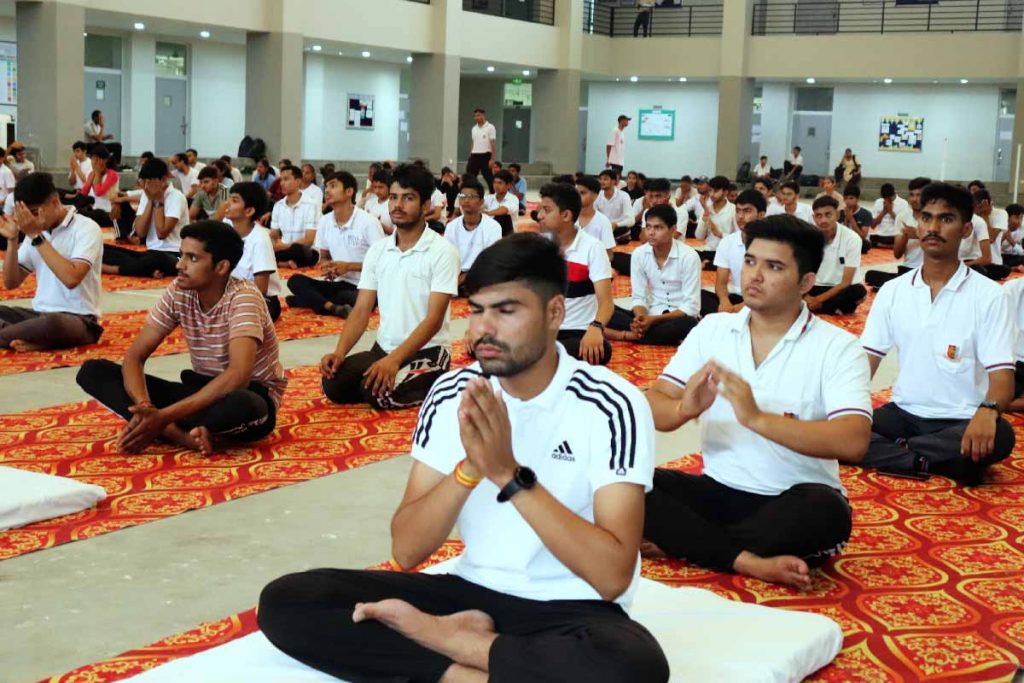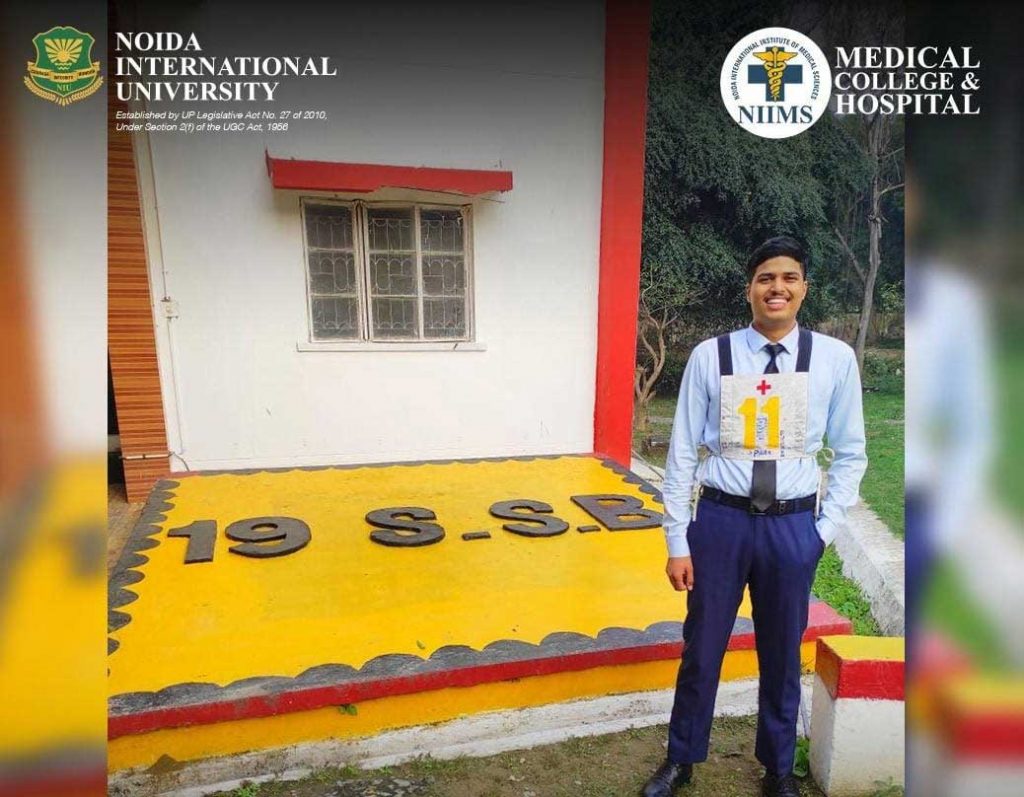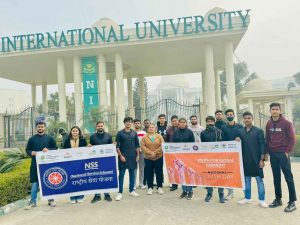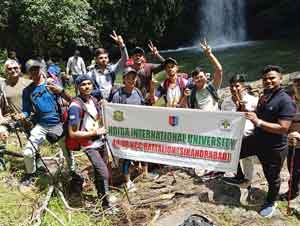
National Cadet Corps (NCC) @ NIU
The National Cadet Corps is the Indian military cadet corps with its Headquarters in New Delhi, India. It is open to school, college, & university students on a voluntary basis. The National Cadet Corps is a Tri-Services Organization, comprising the Army, Air Force, and Navy, engaged in grooming the youth of the country into disciplined and patriotic citizens. The National Cadet Corps in India is a voluntary organization that recruits cadets from high schools, colleges, and universities all over India. The Cadets are given basic military training in small arms and parades. The officers and cadets have no liability for active military service once they complete their course but are given preference over normal candidates during selections based on the achievements in the corps.
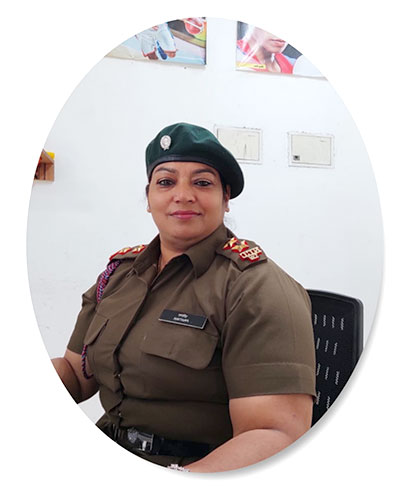
NCC OFFICER at NIU
“To all the student-volunteers to join NCC as cadets and Serve for Nation at their best.”
Lt. Pratima Pandey, Director-Sports
40th UP BN NCC SKD (Noida International University)
“HISTORY” OF NCC
Our Events
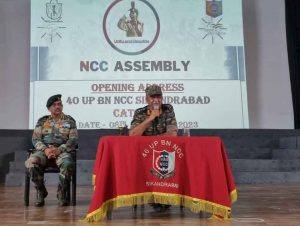

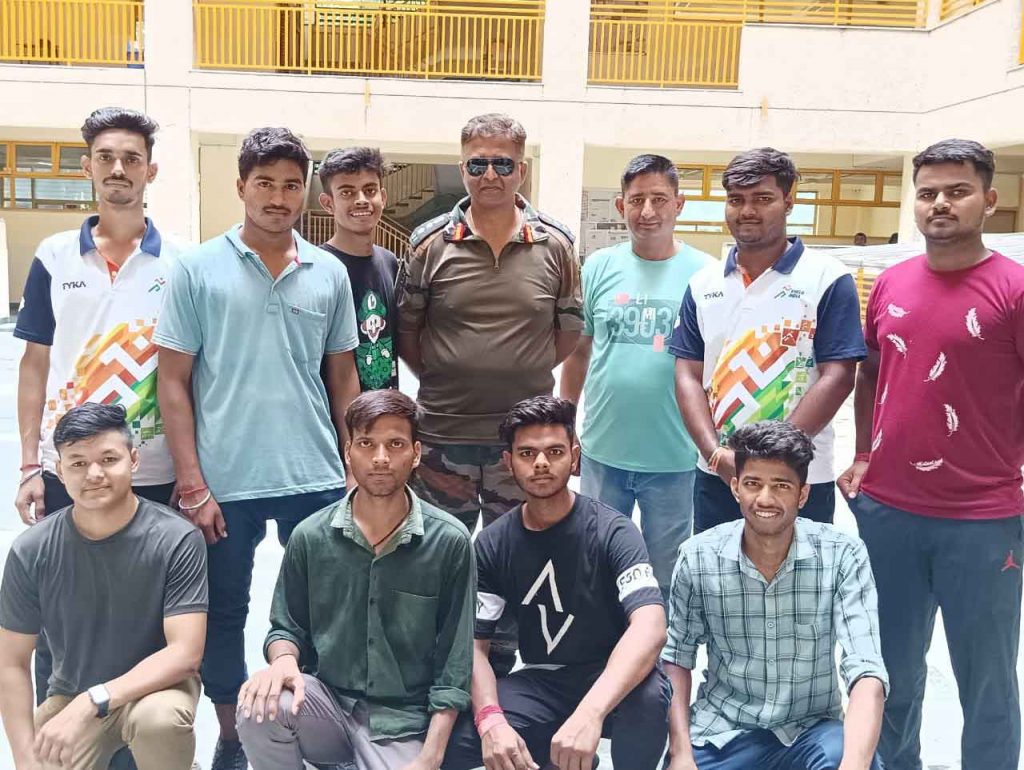
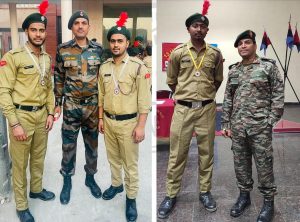
Aims of NCC
- Creates motivated and confident youth.
- Explore adventure activities and learn teamwork.
- Learn Unity and discipline
- Motivates youth to join armed forces
- C certificate holders get vacancies in police, executive posts in Security agencies, and MNc security services
- Join as a Jawan Indian Army
Oath
“I do hereby solemnly promise that I will serve my motherland most truly and loyally and that, I will abide by the rules and regulations of the National Cadet Corps. Further under the command and control of my commanding officer I will participate in every camp most sincerely and wholeheartedly”.
Pledge
We, the cadet of the national cadet corps, do solemnly pledge that we shall always uphold the unity of India. We resolve to be disciplined and responsible citizen of our nation. We shall undertake positive community service in the spirit of selflessness and concern for our fellow beings.
NCC History
The NCC in India was formed with the National Cadet Corps Act of 1948. It was raised on 15 July 1948 The National Cadet Corps can be considered a successor of the University Officers Training Corps (UOTC), which was established by the British in 1942. During World War II, the UOTC never came up to the expectations set by the British. This led to the idea that some better schemes should be formed, which could train more young men in a better way, even during peace times. A committee headed by Pandit H.N. Kunzru recommended a cadet organization to be established in schools and colleges at a national level. The National Cadet Corps Act was accepted by the Governor General and on 15 July 1948 the National Cadet Corps came into existence. During the 1965 and 1971 wars with Pakistan, NCC cadets were the second line of defence. They organised camps to assist the ordinance factories, supplying arms and ammunition to the front, and also were used as patrol parties to capture the enemy paratroopers. The NCC cadets also worked hand in hand with the Civil Defence authorities and actively took part in rescue work and traffic control. After the 1965 and 1971 Indo-Pak wars, the NCC syllabus was revised. Rather than just being the second line of defence, the NCC syllabus laid a greater stress on developing qualities of leadership and Officer-like qualities. The military training that the NCC cadets received was reduced, and greater importance was given to other areas like social service and youth management.
NCC Organisation
The National Cadet Corps is headed by a Director General, an Army Officer of the rank of Lieutenant General, who is responsible for the functioning of the National Cadet Corps in the country through the National Cadet Corps Headquarters situated at Delhi. At the State Level, the country has been divided into 17 Directorates covering all States and Union Territories. Each of the State National Cadet Corps Directorate Headquarters controls two to fourteen Group Headquarters. While Directorates are commanded by Brigadiers or their equivalents, the Groups are commanded by Colonels or equivalents from the Air Force and the Navy, and NCC Units are commanded by Major/Lieutenant Colonel or their equivalents.
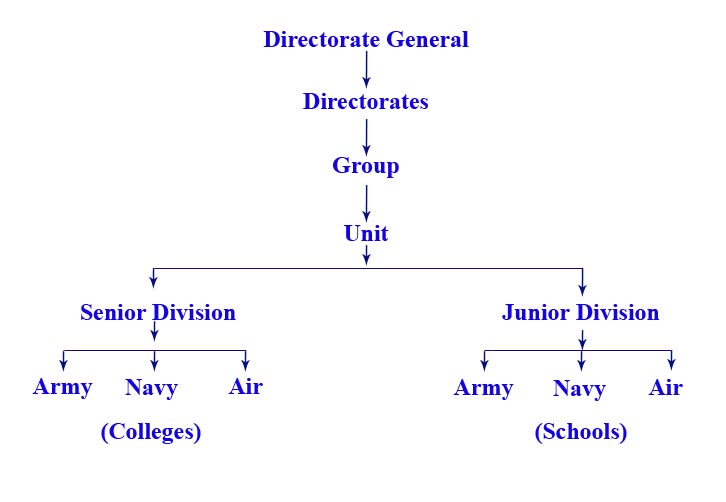
NCC Flag
NCC Flag Contains NCC Crest in gold in the middle, with the letters “NCC” encircled by a wreath of seventeen lotus with a background in Red, Blue and Light blue. Red depicts the Army, Deep Blue depicts the Navy and Light Blue depicts the Air Force. The seventeen lotuses represent the 17 State Directorates. “Unity of Discipline” (Ekta aur Anushasan) is written at the bottom of the NCC Flag.
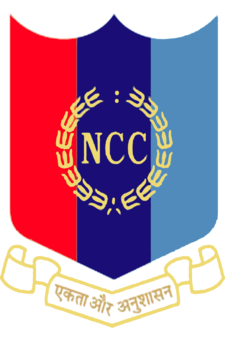
NCC SONG
HUM SAB BHARTIYA HAI, HUM SAB BHARATIYA HAI
APNI MANZIL EK HAI,
HA HA HA EK HAI, HO HO HO EK HAI,
HUM SAB BHARTIYA HAI
KASHMIR KI DHARTI RANI HAI, SARTAJ HIMALAY HAI
SADIYON SE HAMNE ISKO APNE KHOON SE PALA HAI
DESH KI RAKSHA KI KHATIR, HUM SHAMSHEER UTHA LENGE
HUM SHAMSHEER UTHA LENGE
BHIKRE BHIKRE TARE HAI HUM LEKIN JILMIL EK HAI
HA HA HA HA EK HAI, HUM SAB BHARTIYA HAI
MANDIR GURDWARE BHI HAI YAHAN, AUR MASZID BHI HAI
YAHAN
GIRJA KA GHADIYAL KAHIN MULLA KI KANKHI HAI AJHA
EK HI APNA RAM HAI, EK HI ALLAH THALA HAI
EK HI ALLAH THALA HAI
RANG BIRANGE DEEPAK HAI HUM, LEKIN MAHAFIL EK HAI
HA HA HA EK HAI, HO HO HO EK HA
HUM SAB BHARTIYA HAI, HUM SAB BHARTIYA HAI


